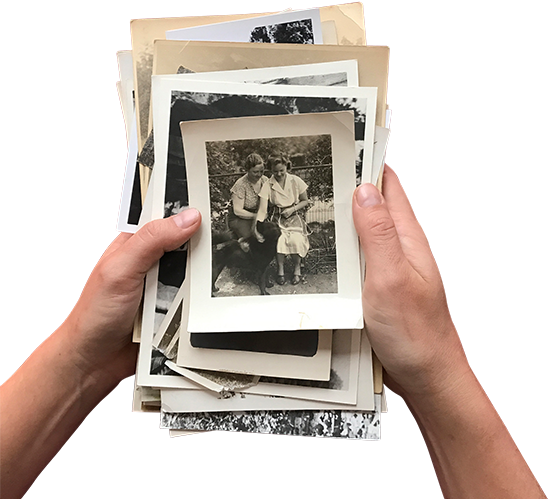
Genealogical research has become easier, more prevalent, and increasingly popular in the past several years, since the advent of internet access. Tracing your family tree from leaves to roots is a fun, addictive, and rewarding experience. In order to join most hereditary societies, you need to document your direct lineage from a given ancestor. Although it may take some time to complete this task, your search is aided by a myriad of resources, and the foundation laid by those who searched before you.
For the beginner, we recommend you start with the living. Interviews with parents, grandparents, aunts, uncles and other family members may provide the facts and clues you need. The four most recent generations in your family's history can probably be documented by collecting records in the family archives. They may be in a relative's attic. They may be in your father's basement. Or, they may be in the possession of some family member who showed vague signs of genealogical interest before you came along; and thereby collected valuable records which were never reviewed. Lay your hands on these items first and document all the names, dates and places of your life, up to the lives of your great-grandparents. With this you will have laid an important foundation. Do this before you concentrate too heavily on one line.

